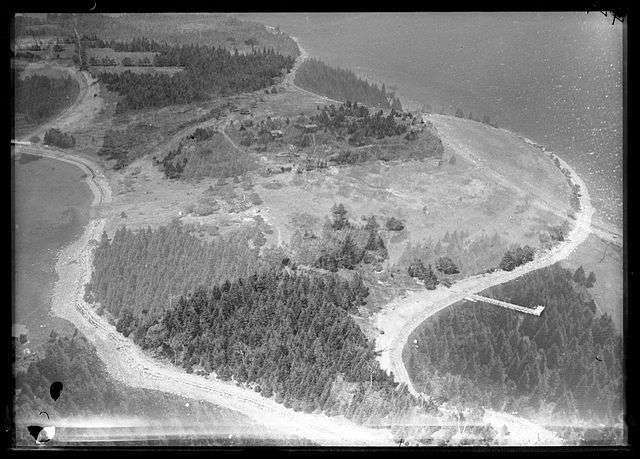Oak Island, Nova Scotia, Canada

The story of the Oak Island Money Pit begins in 1795 when a young man named Daniel McGinnis discovered a circular depression on the island. According to legend, McGinnis and his friends found a rope hanging from a tree, which led them to a spot where they dug down and found a layer of flagstones. Beneath the stones, they discovered a pit filled with dirt, logs, and coconut fiber. After digging down about 30 feet, they discovered a layer of oak logs, which they believed were part of a man-made structure.
Over the years, many people have tried to excavate the site, but most of them were unsuccessful. Some of the more notable attempts include the Onslow Company, which dug down to a depth of 90 feet, and the Truro Company, which excavated the site to a depth of 114 feet. Both companies encountered flooding and collapsed tunnels, which made it difficult to continue the excavation.
One of the most intriguing aspects of the Oak Island Money Pit is the various artifacts and clues that have been discovered over the years. These include a stone slab with strange symbols, a gold chain, a metal ruler, and a piece of parchment with the letters “VI” written on it. Some researchers believe that these items could be clues to the location of the treasure.
One popular theory about the Oak Island Money Pit is that it was created by pirates who buried their treasure on the island. Another theory suggests that the pit was used by the Knights Templar to store their treasure. Some even believe that the pit contains evidence of Shakespeare’s lost manuscripts or the Holy Grail.
Since 2014 the History Channel show The Curse of Oak Island has chronicled the efforts of two brothers and their treasure hunting team. While over the years they have uncovered several artifacts that can be considered treasures in their own right, no significant riches have ever been found.
Sources
“What Is the Oak Island Money Pit?”, Aaron Homer, www.history.com
www.oakislandmoneypit.com